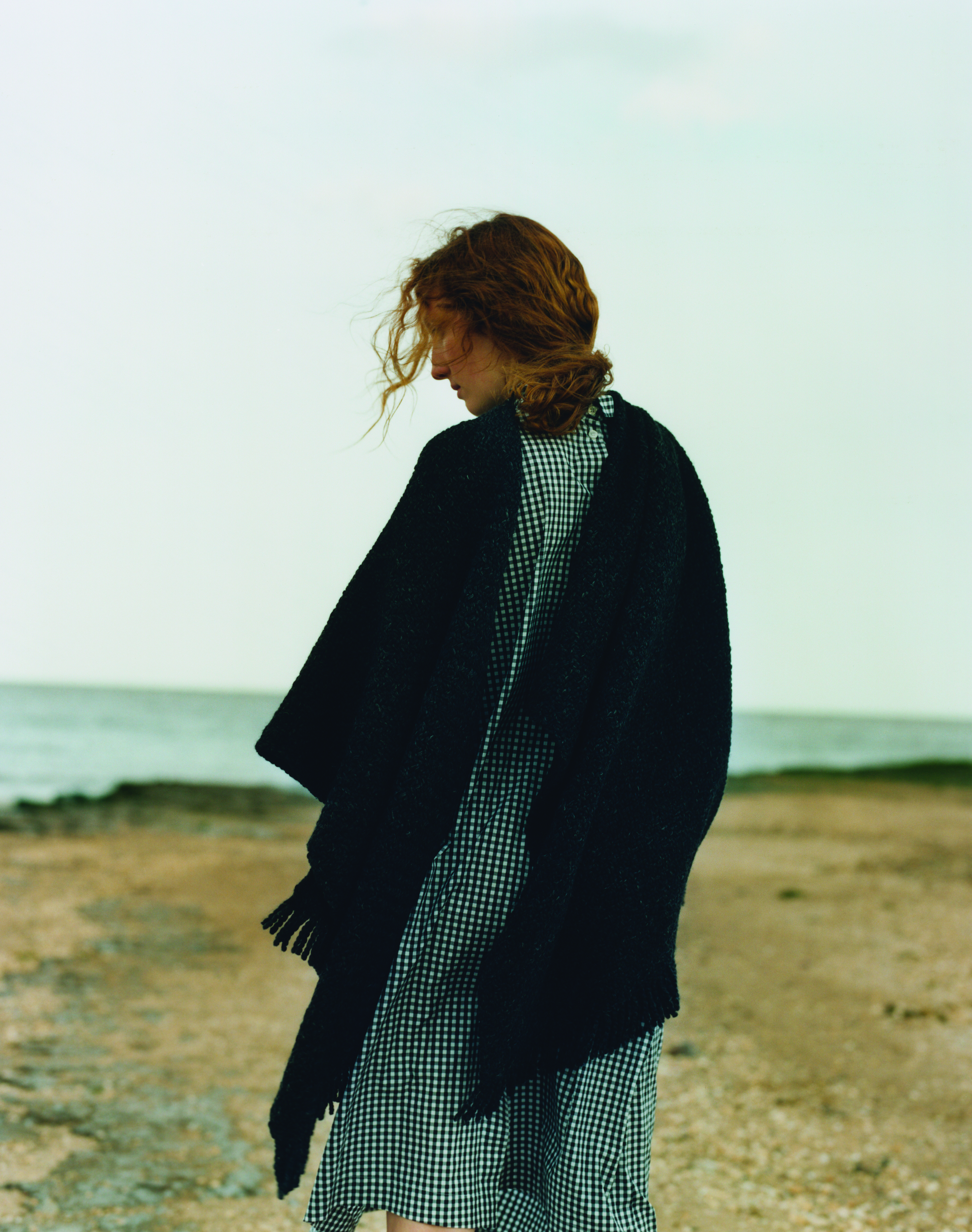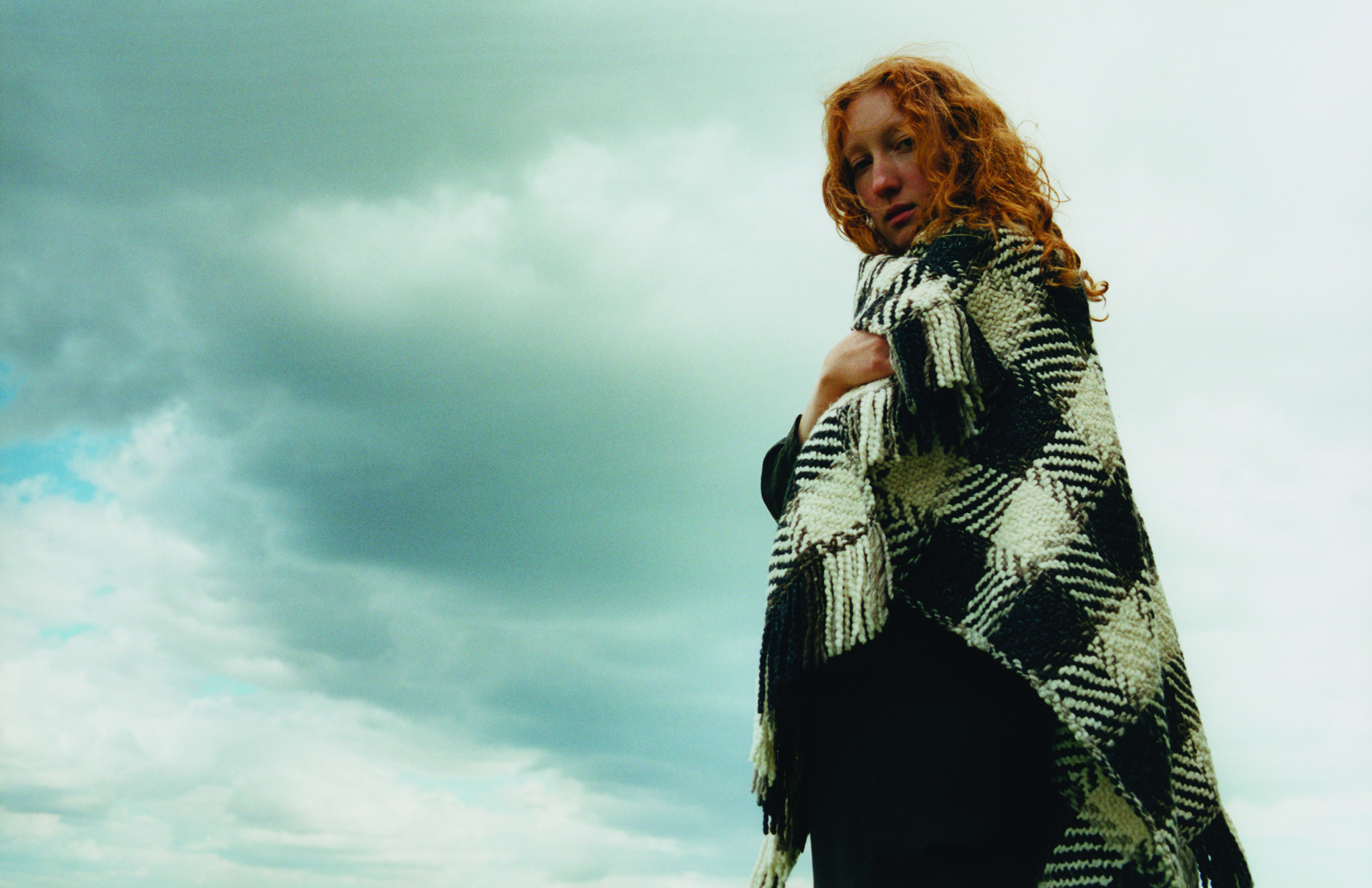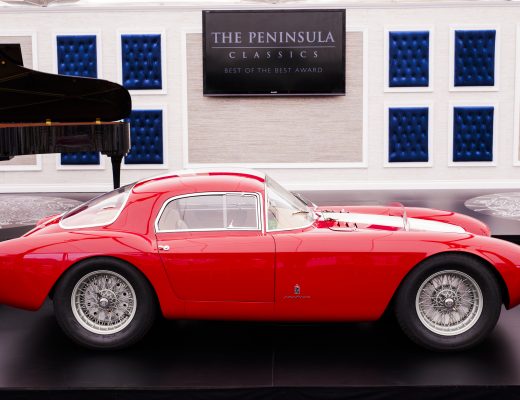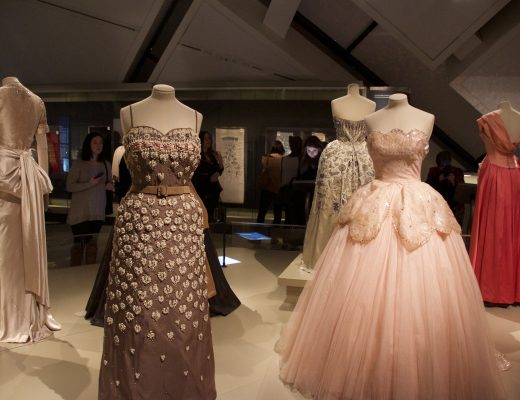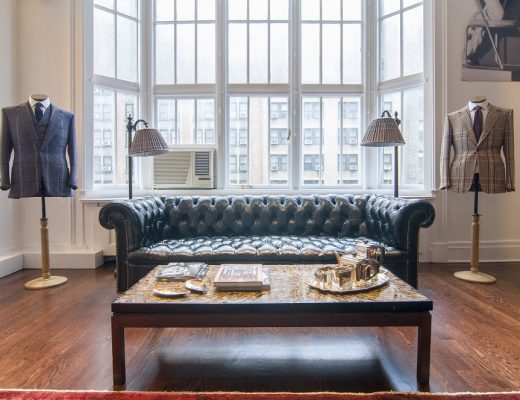It is a bright autumn day with perfect crisp weather, as I find myself walking in Notting Hill, passed the explosion of petunias on the facade of the Churchill Arms, passed the riot of pastels down Portobello market and passed curved street after curved street of the stern white townhouses endemic to this area. My destination is Westbourne Grove, where in between Daylesford and a Goop pop-up shop I am meeting Rebecca Kramer to discuss her lifestyle brand Aessai. Kramer wears a stunning houndstooth poncho in bone ivory and indigo-navy merino, a bestseller from her first collection. Kramer, as it becomes readily apparent, is something of a modern renaissance women. Born in La Rioja, Argentina to Austrian and Welsh parents, medical school brought her to Paris. While pursuing a PhD in infectious diseases, she modeled on the side for the likes of Jean-Paul Gaultier, Calvin Klein and Phillip Morris. Although Kramer did not focus on modeling, she describes her modeling career as ‘very 90’s’ with an easy laugh. In 2006 she found herself in the U.K. working with HIV/AIDS charity ‘The Food Change’ and as a consulting nutritionist addressing eating disorders in patients.
Aessai is a phonetic play on ‘Essay’, Kramer explains. Essay is a word more likely encountered in not so fond recollections of school days, and not a word one would normally associate with a lifestyle brand. And yet as we consider the graphic rendering of interwoven threads that make up the Aessai logo, it is clear that no word is better to describe her vision of the brand. We understand an essay to be a short piece of writing offering a theme or a critique of a theme. Essay owes its entomological lineage to the Latin word ‘exigere’ which means to ascertain or to weigh. Through Aessai, Kramer asks what should the modern lifestyle brand be? Her argument is that it should be a blanket, a story of many interwoven threads that are greater than the sum of their parts.
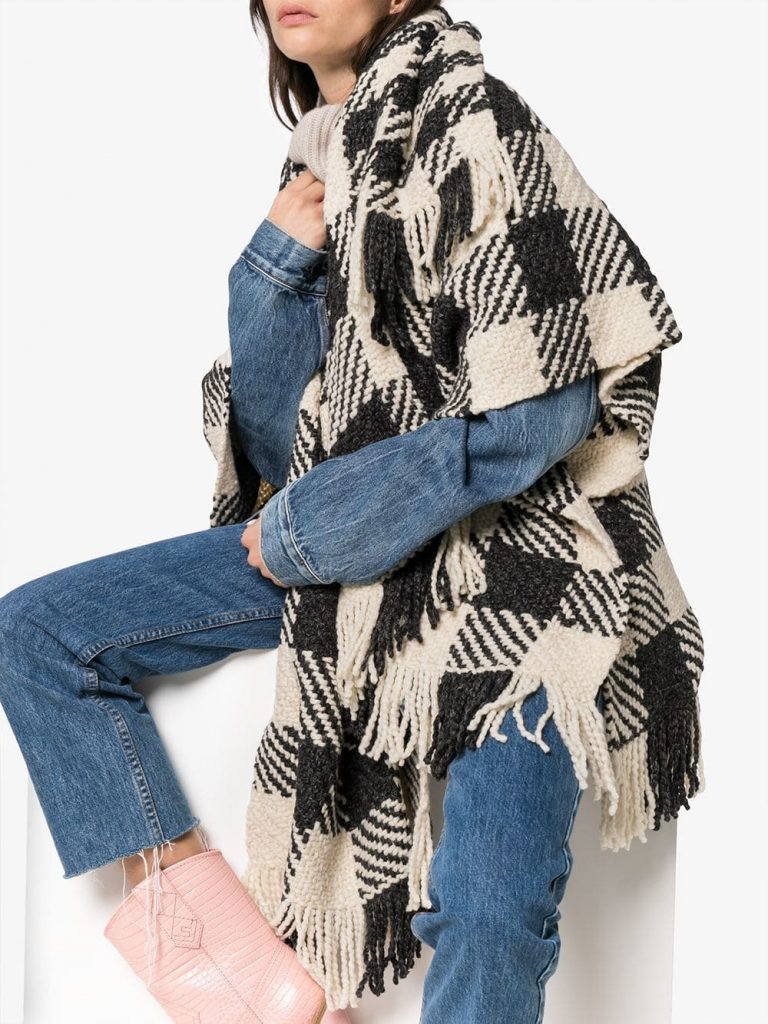
‘Blankets are a way of life, actually,’ Kramer says with a grin, sincerity radiates from her along with the calm assurance that she will bring you around to this way of thinking, too. The brand is just celebrating its first birthday. Kramer founded the brand in 2017, after a Eureka moment in a Los Angeles hotel room. There she encountered a throw blanket that triggered a whole host of childhood memories of Argentine nights spent by the seaside. ‘The beaches are cold so you have to wear a poncho or blanket over your bikini’, she recalls. As avid fans of seasonally inappropriate trips to the beach, we know the type. On the back of the throw blanket was a label proudly stating Manos del Uruguay.
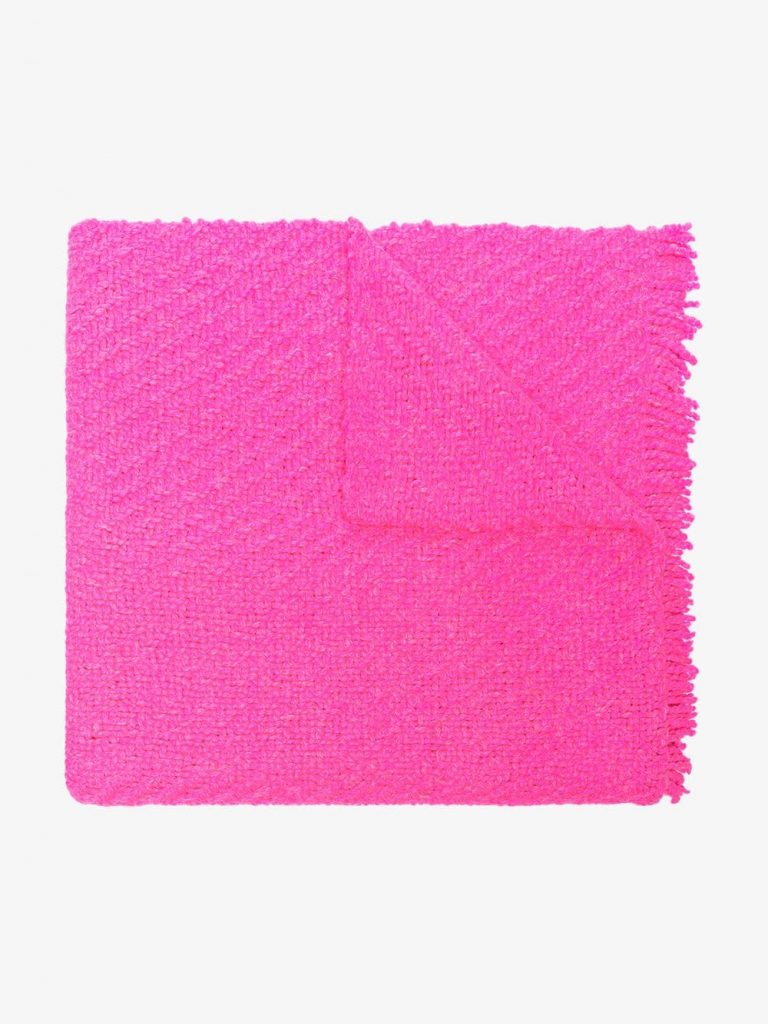
The Uruguayan collective, Manos del Uruguay was founded in 1968. It is considered one of the pioneers of Fair Trade. Specializing in yarn production, Manos del Uruguay works to preserve local artisanal craftsmanship and bolsters the economic independence of the women engaged in these crafts whose skills are undervalued and under-marketed in the production of these goods. Manos del Uruguay is no stranger to working with fashion labels having worked with Chanel and Stella McCartney among others who value the heritage and quality of skilled, traditional crafts. For Kramer, integrating the collective into her value chain highlights the social consciousness she wants Aessai to embody. While her featherweight chic knits hold up on their own design merits, the Aessai Woman she describes as someone who really cares about community and prioritizes well-made and socially sustainable products. She explains that despite living abroad for many years, her own roots are in Latin America in the small native community of La Rioja, Argentina. It is her intention and vision to hold onto those roots.
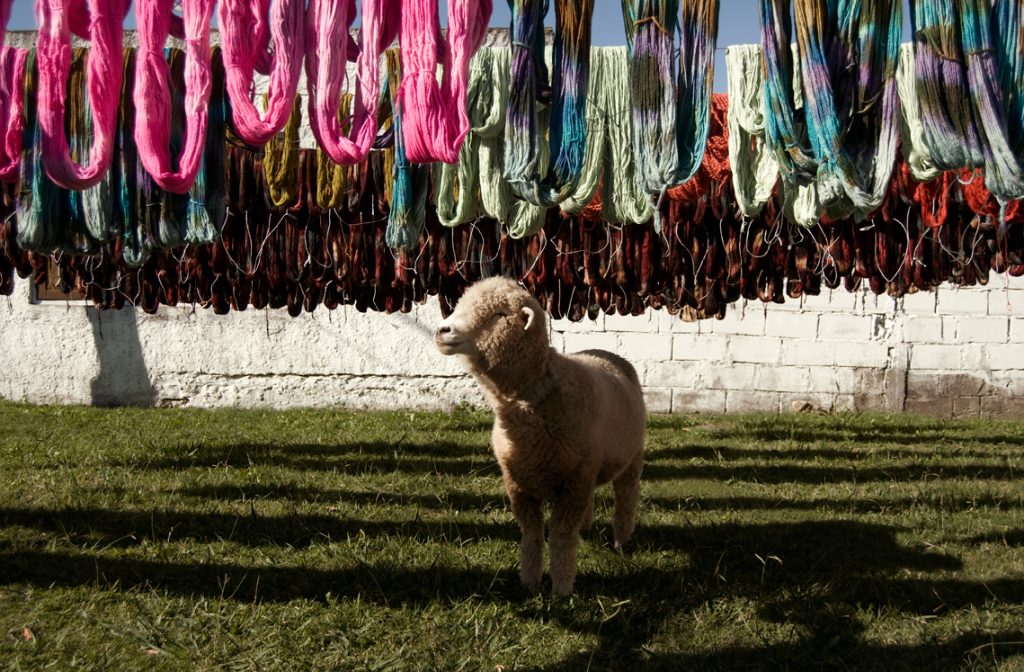
Kramer regularly visits the collectives, drawing inspiration and feedback from them. Maintaining these lines of communication open between production and consumer is another pillar Kramer strives for in her goal of total brand transparency. We ask her what the collectives think of us: the consumers, after all rural South America is miles away from West London. Do they have walls of press clippings from French and British vogue in their ateliers like their counterparts in the fashion capitals of the world?
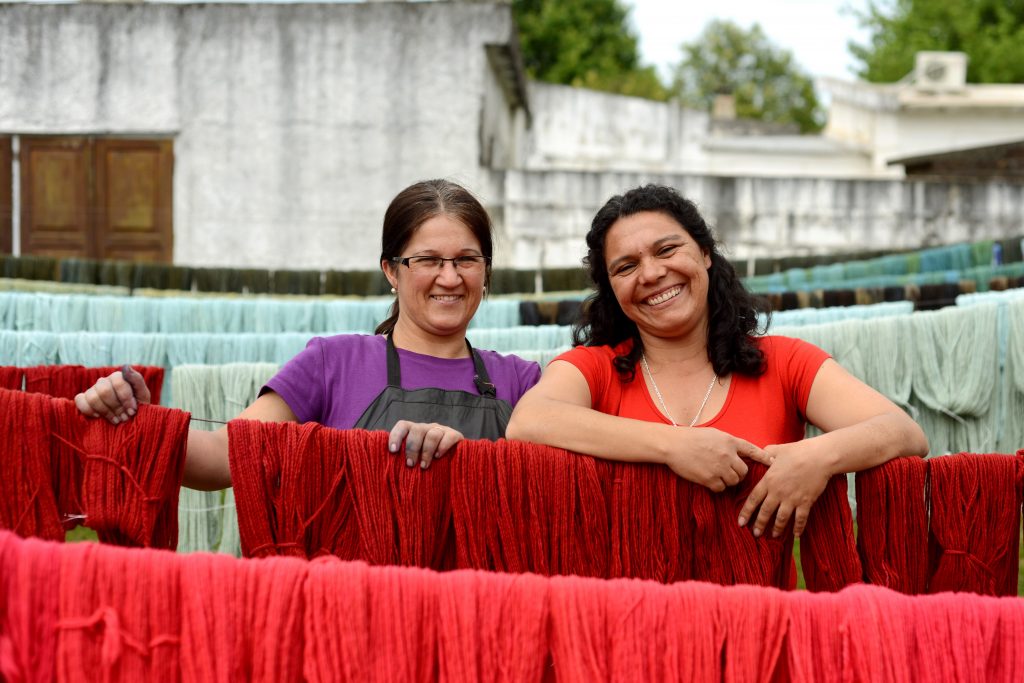
‘Yes, they are very proud of their work,’ she tells us.
Aessai’s first collection of blankets and wraps share the same easy glamour of its founder. The muted neutrals of Uruguay and flat patterns echo tribal looms. Rather than looking anthropological or like they belong in the closet of your favourite but decidedly alternative spinster aunt, they recombine in an appealing and contemporary way that suits the urban citizen of the world. The next collection is more colourful drawing from more of a UK aesthetic.
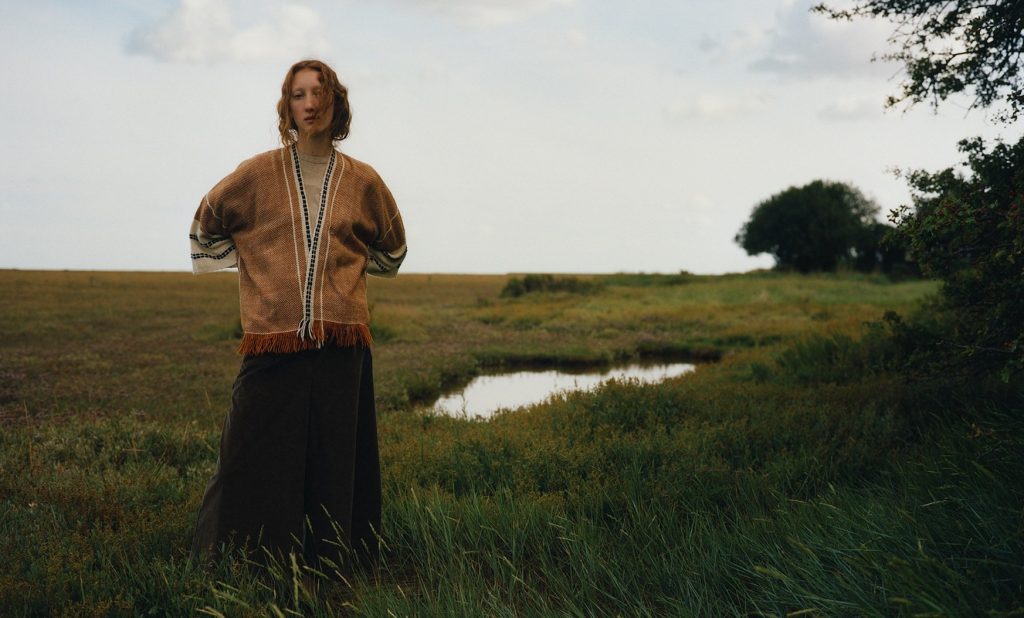
‘There is something about the UK that brings the eccentric out of you. You can be bold. I feel entitled to be myself, and you need colours.’ For Aessai being comfortable and being chic are not exclusively mutual concepts. The market would agree. As we see more of a backlash against the age old adage that to suffer is to be beautiful heels are ceding ground to designer sneakers or recycled plastic flats and athleisure becomes paramount. Kramer proves that wearing a poncho or blanket can be a very chic process indeed.
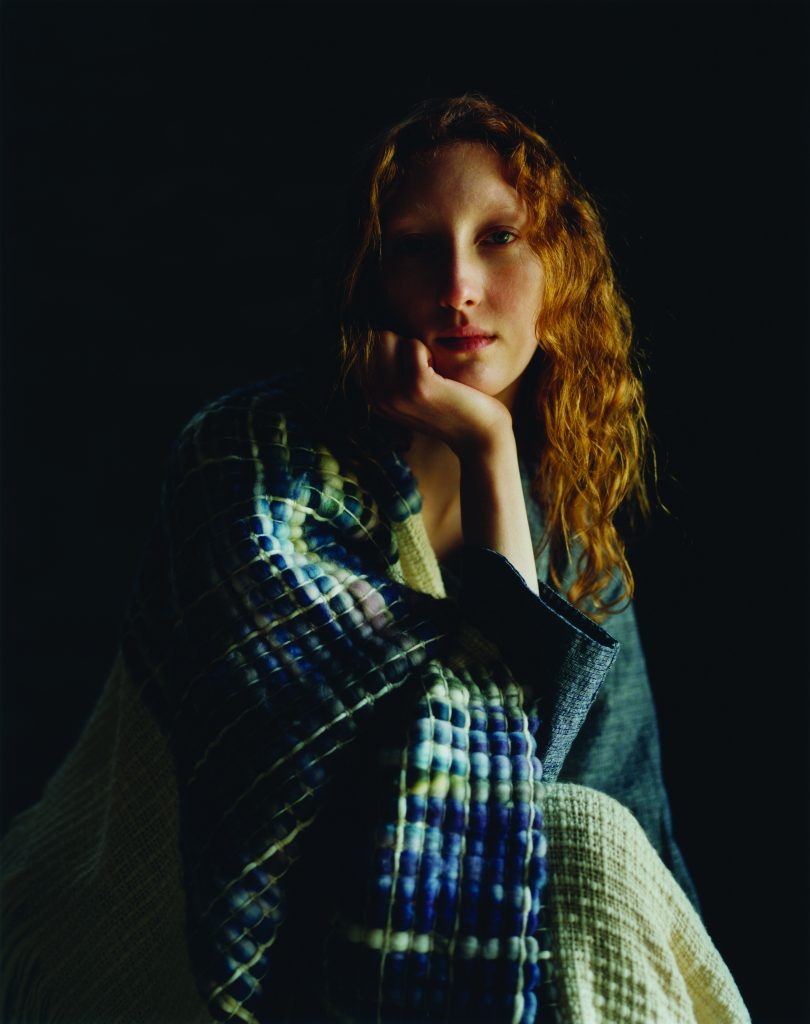
Alongside the ponchos and blankets, Aessai also works with an indigenous tribe to produce a small range of handbags that include a messenger, and a supermarket shopper net. The Wichi tribe is a hunter-gatherer group that calls the Chaco region of Argentina home. The women of this group traditionally weave and produce chaguar textiles, from the fine but sturdy fibres of chaguar plants (Bromelia Hieronymi is a plant of the Bromeliad family for those greenhouse enthusiasts amongst you). These flat weaves often incorporate tribal geometries that hold shamanic powers. These abstract patterns are composed through the observation of animal markings in the earth. Like many other unique communities and ecosystems the Wichi are threatened by the ecological damages sustained through deforestation and commercial farming.
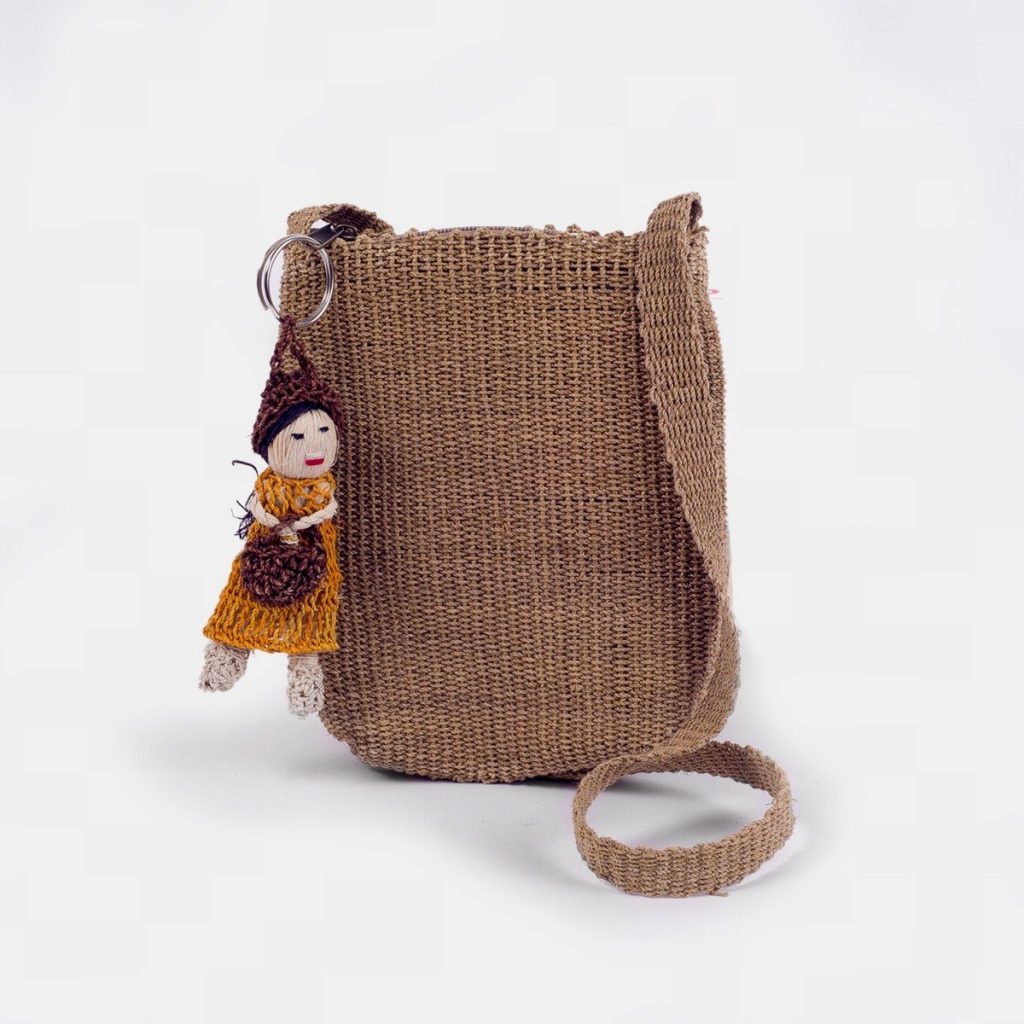
We discuss the future of Aessai. The brand is available at a number of prominent retailers, such as London’s impossibly fashionable Browns, The Conran Shop and chic Chelsea concept store-restaurant Blue Bird. Internationally, affectionados can find Aessai at the Beijing annex of Galeries Lafayette and Peri A in Los Angeles. In keeping pace with the increasingly mobile client, Aessai also built out an e-commerce platform (with everyone’s favourite feature: free international shipping!) and has readily adapted the Instagram shopping model. Kramer is excited to expand the brand’s awareness, and mentions discussions with Carl Hansen and Son for an upcoming collaboration.
‘I love collaborations. It’s great to share a mutual inspiration and help each other do something great together.’ The 110 year old Danish furniture company has always done architectural and designer collaborations with a knack for picking rising stars, showcasing the works of seminal Danish modern designers J. Wegner and Kaare Klint. Denmark is also the country that has brought us ‘hygge’ the Danish concept of contentment through cosines that has been making its trendy rounds at all levels of the design world since 2015. Far from showing market saturation, we see signs of hygge less as a micro-trend and more as evidence of real societal shift. After all, why shouldn’t life be like a blanket?
